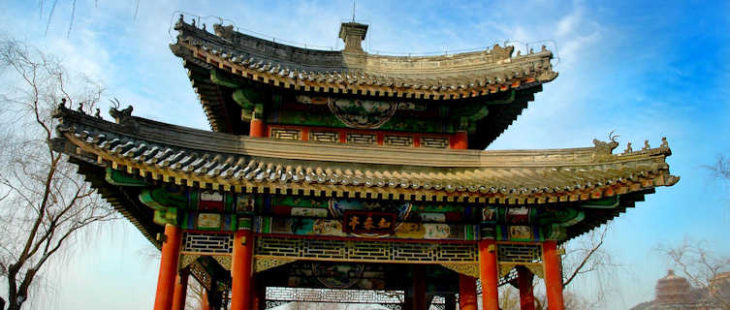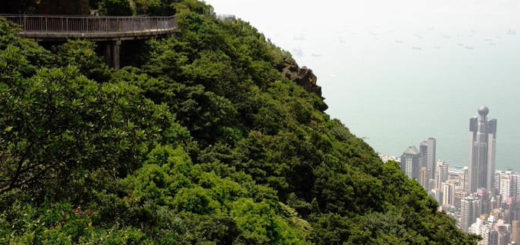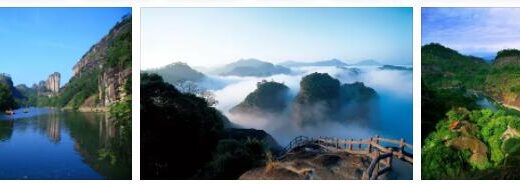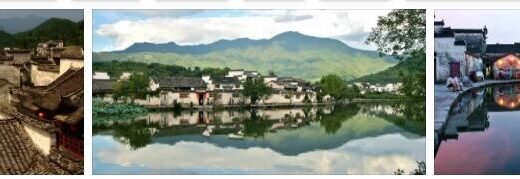Beijing travel guide
Beijing City Overview
Beijing, the capital of the People’s Republic of China, connects the past and the future in a spectacular way.
Beijing’s rapid structural redesign in the run-up to the Olympic Games has resulted in the metropolis now offering numerous world-class hotels and restaurants, not to mention the ultra-modern subway.
Beyond its modernity, Beijing scores with a large number of sights, including the ever decreasing hutongs, but also the parks, the architectural and cultural treasures and the magnificent temples. Beijing is also an ideal starting point for a visit to the Great Wall of China.
There is one place to start exploring Beijing: Tiananmen Square, where Mao Zedong announced the founding of the People’s Republic of China. Although Tiananmen is mostly linked to the suppression of a pro-democratic student protest, the largest square in the world remains an impressive place. The imposing Forbidden City, the massive portraits of Mao Zedong at the Tiananmen Gate and Mao’s mausoleum are popular tourist attractions.
Important facts
Area code: (0) 10
Population: 20,462,610
Latitude: 39.912493
Longitude: 116.388841
Beijing Weather
Beijing is most beautiful in late spring, but especially in autumn, when the gorgeous, colorful foliage of the trees shows its best on fresh, sunny days. The scorching summer heat and the biting winds in the harsh winter can be extreme.
City History of Beijing
Beijing was the capital of China from 1421 until the end of imperial rule in 1911. From 1911 to 1949, Beijing, like the rest of the country, suffered from the devastating struggles of the various groups that sought to seize power across China. From 1912 to 1928, Beijing remained the political center of China until Chiang Kai-shek established the capital in Nanjing. Beijing has been renamed Beiping (Northern Peace) to make it clear that it is not a capital.
The Japanese invasion of 1931 was followed by a fierce civil war that ultimately led to Mao Zedong’s supremacy and in 1949 the founding of the People’s Republic of China (proclaimed in front of the Gate of Heavenly Peace at the entrance to the Forbidden City), with Beijing as the capital. The first ten years under Mao Zedong’s rule stabilized a fearful, humiliated nation. Major industrial, agricultural, educational, and medical advances have been made. Beijing’s old town suffered when numerous walls, portals and decorative bridges were leveled for the construction of new streets.
In 1966, Mao launched his Cultural Revolution, a feverish attack against liberal political, historical, and social ideas. Many centuries-old Chinese art forms fought for survival. Artists were organized in associations, which meant that Mao’s Communist Party controlled everything. Traveling theater, dance and music groups were created to propagate the party’s message to the masses through carefully directed plays and ideological films. Plays written before 1950, films of human interest, and the Beijing Opera were suppressed and their authors persecuted.
After Mao’s death in 1976, the first instincts of burgeoning political freedom emerged, but they led to the tragic events at Tiananmen Square in June 1989. Any breath of political freedom was quickly curtailed. Still, until his death in 1997, the new president Deng Xiaoping continued to open China to the world economy and welcomed foreign tourists and investors. Chinese entrepreneurs were allowed to start their own companies. Today, China’s economy is the second largest in the world and continues to grow at an incredible pace.
Although Beijing was undoubtedly the political, academic and cultural capital of China, it was still in the commercial shadow of Shanghai. It was only when Beijing was chosen to host the 2008 Olympic Games that the capital started a massive infrastructure investment program and benefited from large amounts of foreign capital that created jobs and prosperity and provided the funds for pre-Olympic city redevelopment.



